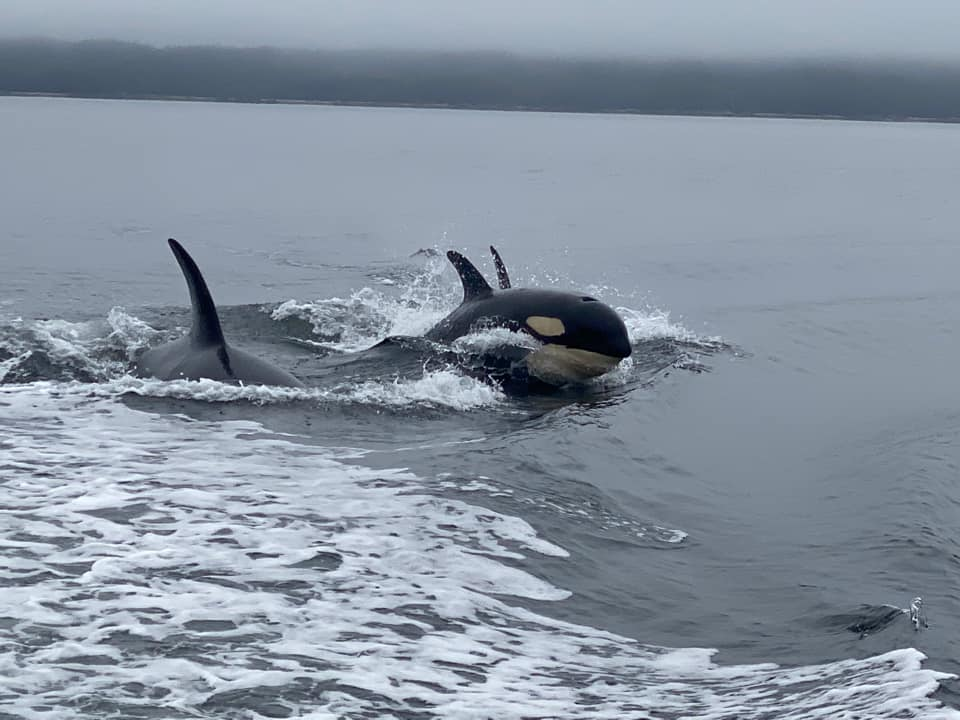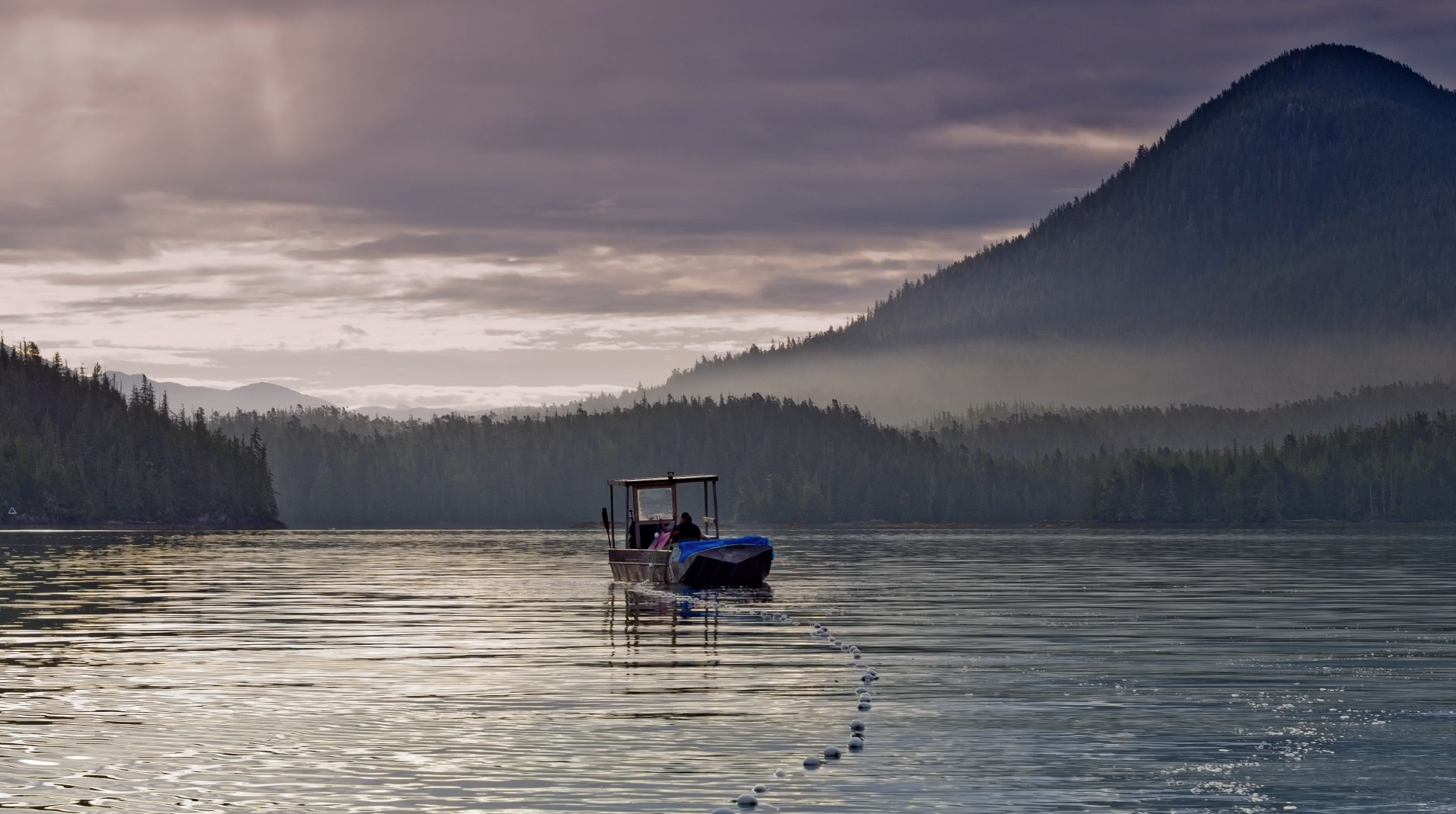Marine Response and Shipping Safety
Overview
When oil and other spills happen in marine waters, First Nations on the coast are often the first to respond and the most profoundly impacted. Spills can devastate sensitive marine ecosystems for years, adversely impacting the communities and peoples who depend on them for livelihoods, food sources and cultural practices.
Yet, despite their deep understanding and historical stewardship of these ecosystems, until recently Indigenous communities had been largely excluded from managing marine response and shipping risks within their territories.
In recent years, a new approach has emerged. Led by coastal communities and facilitated by government-to-government agreements, First Nations are increasingly included in decision-making processes with federal and provincial governments, and collaborative efforts to prepare for, respond to, and recover from spills and other marine emergencies are finally underway.
protecting Ocean Cultures and Ecosystems
Watch The VideoGeographic Response Strategies
A key element of marine response and shipping safety is Indigenous-led efforts to identify areas that are particularly sensitive to spills, and to develop site-specific response plans should they occur. This approach, called Geographic Response Strategies (GRS), leverages mapping to create site-specific tactical response plans, thus saving responders valuable time when spills occur.
Since 2018, planners have worked with Elders, harvesters and community members to identify more than 900 areas of concern, with a goal of developing response strategies that will prevent pollution from impacting sensitive species and areas—such as shellfish beds or nesting grounds.
Spill Notification Technology
Since 2022, coastal First Nations have been collaborating on a Province-led initiative to create a new notification system that ensures communities get information quickly, and that notifications are tailored to their self-identified interests. Leveraging Alertable, an established emergency alert technology, the new system enables First Nations to define their areas of interest for receiving notifications, and allows all residents to sign up to receive real-time notifications by phone, text or email.
Safe Distance Guidelines
Coastal Nations have also been working with the federal government to create guidelines around how close commercial ships can be to the shoreline before they risk running aground.
On Haida Gwaii, for example, the Council of Haida Nation implemented a 14-month trial Voluntary Protection Zone on its west shore to encourage ships to maintain a safer distance from its rocky and isolated shoreline. Although the trial period ended in 2021, the voluntary zone is still in place and the Nation is currently exploring a more permanent guideline. Other Nations are collaborating with government to set similar protection zones in their territorial waters.
Places of Refuge
In collaboration with the federal government, several First Nations have identified Places of Refuge on their coastlines. Places of Refuge are sheltered waters where a ship in distress can anchor to wait for a tow, wait out a storm, or stabilize before sailing again. They also serve as locations where a sinking ship can be run aground if necessary. In these cases, significant environmental damage is likely, so refuge sites must be selected strategically to minimize harm to marine ecosystems and the people that depend on them.
Whereas previously Places of Refuge were determined by the federal government based on information about the shoreline and its navigable qualities, this new, collaborative approach ensures that First Nations’ traditional and local knowledge and expertise are considered in the decision-making process.
In-Community Capacity Building
Coastal Nations are building marine response capacity through training, equipment purchase, and by taking part in critical marine incident preparedness and response activities.
Nation members have undertaken training via the Incident Command System, an internationally recognized industry standard emergency management tool used to organize for oil and hazardous materials plans. Participants have received operational spill response training, safety training, and specialized training through courses such as Shoreline Cleanup and Assessment Technique training.
With Coastal Guardians and other stewardship staff, Coastal First Nations are actively building a community of practice to support past, ongoing and future initiatives to build capacity and expand their role in marine incident preparedness and response. Nation representatives from across the region gather weekly to advance various technical initiatives, coordinate activities, and share knowledge and experience.
Explore more stories:
Resources
CFN produces a wide range of reports, fact sheets and other publications. Check back regularly, as we will post new resources here.












